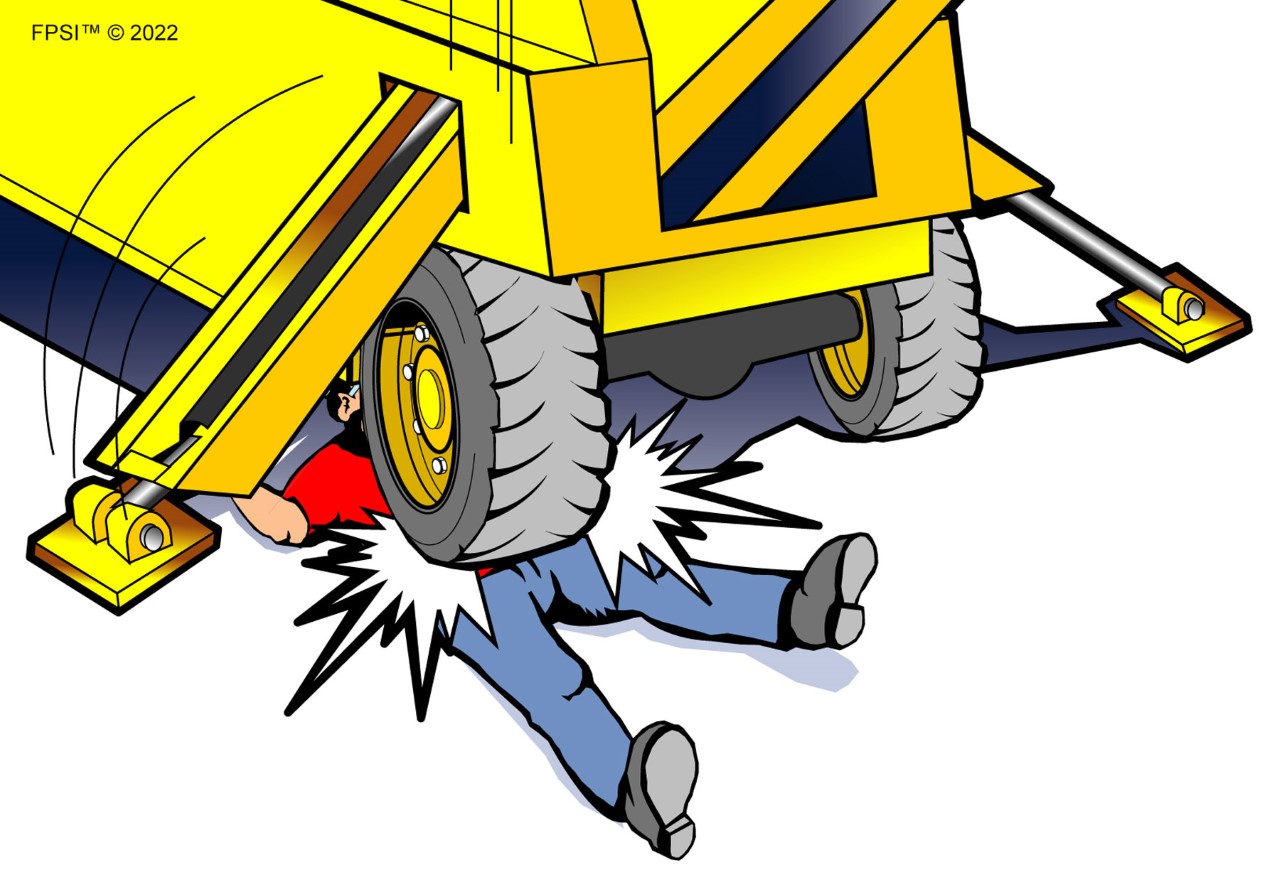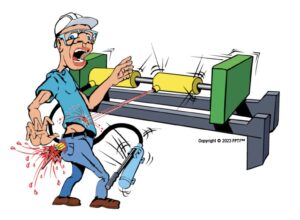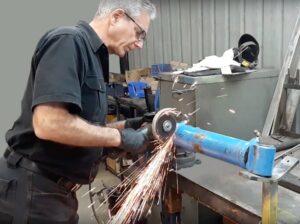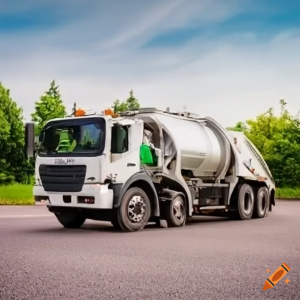Hydraulic Outrigger Failure Crushes Worker
Safety expert Rory McLaren seems to be an endless source of interesting stories with valuable lessons that are especially relevant to those who work around hydraulic systems. More often than not, a lack of proper training is a major cause of these accidents. Although Rory may not have witnessed these accidents, he investigates what happened so we can learn how they could have been avoided. That’s what makes his stories so valuable — they help us learn from other peoples’ mistakes.
One such accident Rory studied was reported by the Canadian Petroleum Council, where a worker in Saskatchewan was killed when a hydraulic outrigger failed. The failure caused the digger truck unit the outrigger was supporting to fall on and crush the worker. Granted, a heavy machine should always be blocked whenever someone goes under it with the outriggers extended. But the legal system did not indict the machine manufacturer nor the designer of the hydraulic system for any wrongdoing.
All structures — masts, booms, derricks, etc. —supported by hydraulic cylinders when they are elevated should have some type of safety device to prevent unexpected and uncontrolled movement of the structure if a hydraulic line fails. Counterbalance valves and pilot-operated check valves are widely used for these types of applications. However, the rules of engagement seem to differ between operation and maintenance.
For example, mechanics are required to ensure a machine has been properly blocked before climbing under it for service or repair. This is basic safety. However, operators sometimes may have to climb on top of or crawl beneath a machine. Unlike mechanics, operators may not be required to block a machine once it is set on its outriggers — even if it is several feet off the ground.
The problem is that whether it’s a counterbalance valve, pilot-operated check valve, or mechanical rod lock, no mechanical device is completely fool proof. Even if a mechanical failure doesn’t occur, other unforeseen conditions may arise, such as thermal expansion of hydraulic oil.
Heating hydraulic oil will cause it to expand, and intense sunlight can substantially heat up hydraulic oil. When the oil is trapped inside a hydraulic cylinder or pilot line, thermal expansion will cause pressure in that volume to increase. Rory sites a “rule-of-thumb” that pressure within a hydraulic cylinder can increase by approximately 55-60 psi (about 4 bar) for every 1° F increase in ambient temperature. If you’ve touched a steel surface that’s been in the sun all afternoon (especially in the southwest), you know how hot it can get.
Under the right conditions, this elevated pressure in a pilot line could partially open the load-holding valve. As a result, the outrigger cylinder could retract because fluid would now have an escape path. Even worse, heat expansion in the cylinder might even be high enough to cause the cylinder to fail. And don’t assume that a system’s relief valve would prevent any of this because the localized pressure probably would not reach it. This may seem like an extreme case, but would you bet your life (or a worker’s life) that it won’t happen?
This information was provided by Rory McLaren president, Fluid Power Training Institute, Salt Lake City. For more information, call (801) 908-5456, email info@fpti.org, or visit www.fpti.org.
By: Alan Hitchcox
After serving as a vehicle mechanic in the US Army, Alan attended college full time to earn a Bachelor of Science while also working full time for a power transmission and fluid power distributor. He then became a technical editor and wrote or edited hundreds of technical articles for 38 years, with the last 32 on Hydraulics & Pneumatics magazine before becoming semi-retired in 2020.










Leave a Reply
You must be logged in to post a comment.